Our story begins in an 18th-century noble palace in the center of Pavia, where history and science come together: Palazzo Botta Adorno. Here, among others, Napoleon Bonaparte stayed, as did scientists like Camillo Golgi. The CMN laboratory was formerly led by Dr Daniela Curti, as part of the Institute of Pharmacology founded by prof. G. Benzi. The lab spaces were housed in a deconsecrated church called “Certosina”, an integral component of the noble palace.

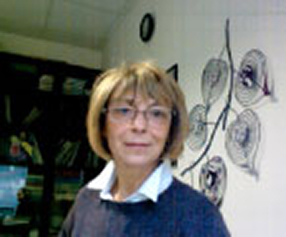
Dr. Daniela Curti
(former head of the laboratory and mentor)
Daniela Curti’s main research interests are the study of mitochondrial energy metabolism and its involvement in neurodegeneration, with a focus on the discovery of new molecular targets to tackle motor neuron death in amyotrophic lateral sclerosis (ALS).
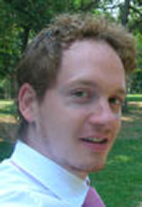
Dr Marco Peviani
A young Marco Peviani when he joined the CMN lab in 2010, after a PhD in Life and Biomolecular Sciences (Open University, Milton Keynes, UK)
Time has passed
Time has passed, these moments may seem distant in time now, but they are the ones that laid solid foundations for what is the current reality of our laboratory, when the seeds of curiosity were sown, and the laboratory emerged as a place of experimentation, discovery, and transformation.
Every experiment, every late-night brainstorming session, and every breakthrough contributed to shaping what we have become today.
A gallery of our past
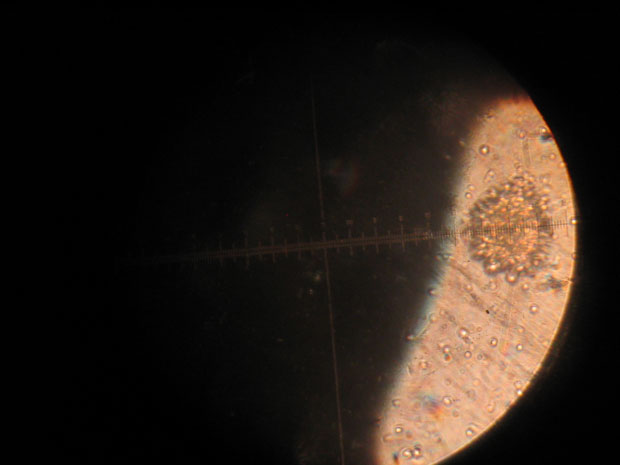
Neurosphere on the enlightened side of the moon...

Allium or neurosphere?
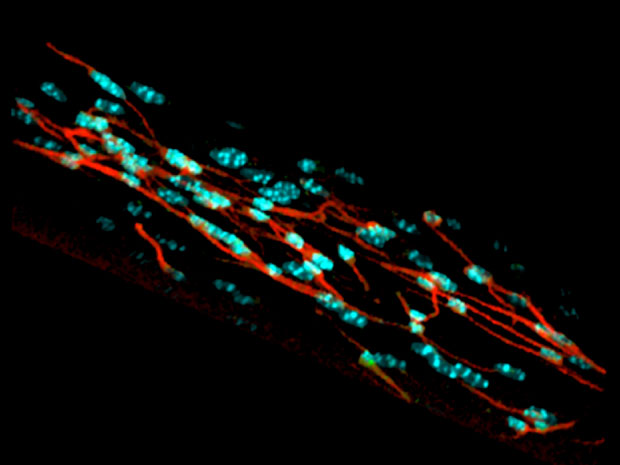
"It is the brain, the little gray cells on which one must rely" (Hercule Poirot)
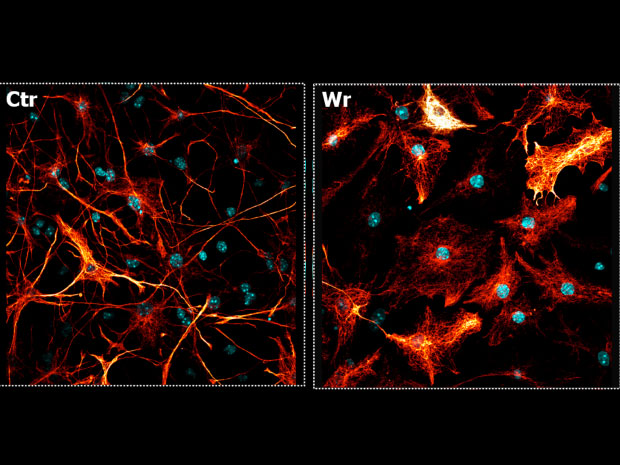
Wobbler (wr) astrocytes display strong immunoreactivity for GFAP short, thickened processes and hypertrophic soma
Subscription Options
Here are the components of the laboratory in the new location at the scientific university campus in 2010
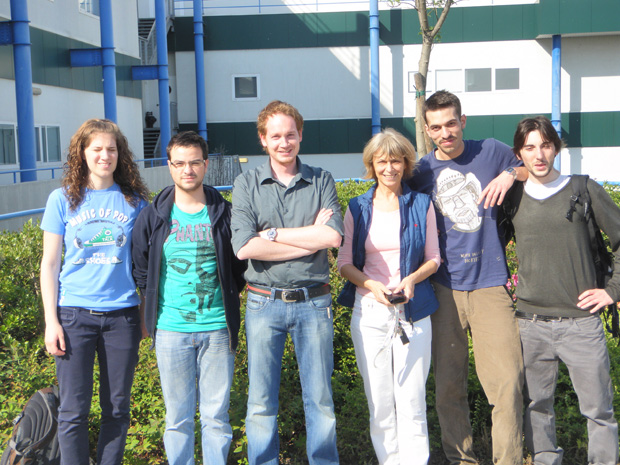
About the company
Gardens of the Department, from right to left:
Niccolo Rossi, Giulio Russo, Daniela Curti, Marco Peviani, Alessandro Petese, Francesca Sfolcini

About the company
Gardens of the Department, from right to left:
Ilaria Bossi, Daniela Curti, Eleonora Salvaneschi, Marco Peviani, Alessandro Petese, Giulio Russo
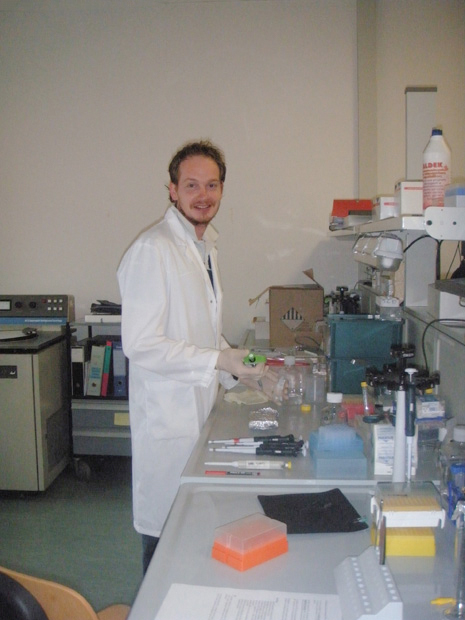
About the company
Lab CMN, Marco Peviani, in 2010
Past times remind us of the journey we've undertaken, the challenges we've conquered, and the knowledge we've uncovered.
They serve as a reminder that our laboratory’s success is a result of the dedication and unwavering spirit of those who came before us. Our mission remains the same: to push the boundaries of knowledge and make a meaningful impact on our world.

SELECTED REFERENCES
- Rossi D, Pedrali A, Urbano M, Gaggeri R, Serra M, Fernández L, Fernández M, Caballero J, Ronsisvalle S, Prezzavento O, Schepmann D, Wuensch B, Peviani M, Curti D, Azzolina O, Collina S. Identification of a potent and selective sigma-1 receptor agonist potentiating NGF-induced neurite outgrowth in PC12 cells. Bioorg Med Chem. 2011 Nov 1;19(21):6210-24
- Diana V, Ottolina A, Botti F, Fumagalli E, Calcagno E, De Paola M, Cagnotto A, Invernici G, Parati E, Curti D, Mennini T. Neural precursor-derived astrocytes of wobbler mice induce apoptotic death of motor neurons through reduced glutamate uptake. Exp Neurol. 2010:163-72.
- Peviani M, Caron I, Pizzasegola C, Gensano F, Tortarolo M, Bendotti C. Unraveling the complexity of amyotrophic lateral sclerosis: recent advances from the transgenic mutant SOD1 mice.CNS Neurol Disord Drug Targets. 2010:491-503.
- Bastone A, Fumagalli E, Bigini P, Perini P, Bernardinello D, Cagnotto A, Mereghetti I, Curti D, Salmona M, Mennini T. Proteomic profiling of cervical and lumbar spinal cord reveals potential protective mechanisms in the wobbler mouse, a model of motor neuron degeneration. J Proteome Res. 2009:5229-40.
- Peviani M, Cheroni C, Troglio F, Quarto M, Pelicci G, Bendotti C. Lack of changes in the PI3K/AKT survival pathway in the spinal cord motor neurons of a mouse model of familial amyotrophic lateral sclerosis. Mol Cell Neurosci. 2007:592-602.
- Cova E, Cereda C, Galli A, Curti D, Finotti C, Di Poto C, Corato M, Mazzini G, Ceroni M. Modified expression of Bcl-2 and SOD1 proteins in lymphocytes from sporadic ALS patients. Neurosc. Lett, 2006, 399: 186-190.
- Cheroni C, Peviani M, Cascio P, Debiasi S, Monti C, Bendotti C. Accumulation of human SOD1 and ubiquitinated deposits in the spinal cord of SOD1G93A mice during motor neuron disease progression correlates with a decrease of proteasome. Neurobiol Dis. 2005: 509-22.
- Santoro B, Bigini P, Levandis G, Nobile V, Biggiogera M, Botti F, Mennini T, Curti D. Evidence for chronic mitochondrial impairment in the cervical spinal cord of a murine model of motor neuron disease. Neurob. Dis, 2004, 17:349-357
- Bez A, Corsini E, Curti D, Biggiogera M, Colombo A, Nicosia RF, Pagano SF, Parati EA. Neurosphere and neurosphere-forming cells: morphological and ultrastructural characterization. Brain Res, 2003. 993: 18-29
- Curti D, Rognoni F, Alimonti D, Malaspina A, Feletti F, Tessera S, Finotti N, Rehak L, Mazzini L, Zerbi F, Poloni TE, Ceroni M. SOD1 activity and protective factors in familial ALS patients with L84F SOD1 mutation. AMYOTROPHIC LATERAL SCLEROSIS AND OTHER MOTOR NEURON DISORDERS, 2002, 3: 115-122
- Bertamini M, Marzani B, Guarneri R, Guarneri P, Bigini P, Mennini T, Curti D. Mitochondrial oxidative metabolism in motor neuron degeneration (mnd) mouse central nervous system. Eur J Neurosci, 2002, 16: 2291-2296
- Ceroni M, Malaspina A, Poloni TE, Alimonti D, Rognoni F, Habgood J, Imbesi F, Antonelli P, Alfonsi E, Curti D, deBelleroche J. Clustering of ALS patients in central Italy due to the occurrence of the L84F SOD1 gene mutation. Neurology, 1999, 53:1064-71
- Whatley SA, Curti D, Das Gupta F, Ferrier IN, Jones S, Taylor C, Marchbanks RM. Superoxide, neuroleptics and ubiquinone and cytochrome b5 reductases in brain and lymphocytes from normals and schizophrenic patients. Mol Psychiat, 1998, 3: 227-237